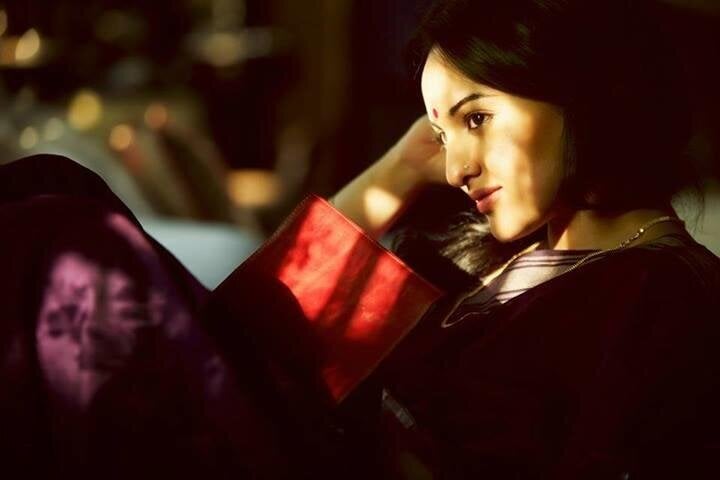
It’s the end of a decade. Between 2010 and 2020, the world changed. In 2010, I still remembering browsing DVDs in bookstores, looking for director’s cut and bonus scenes. And now we binge shows that an algorithm serves us.
2010 began promisingly. Sure, there was Salman Khan’s Dabangg, but there was also Band, Baaja, Baarat, Udaan and Peepli Live to offset its toxicity and normalisation of abuse. As we moved ahead, a variety of new voices dismantled old Bollywood. Filmmakers such as Zoya Akhtar, Shakun Batra, Gauri Shinde, and Abhishek Chaubey cemented their standing in the industry and introduced bold narratives.
If Anurag Kashyap dazzled us with his two-part epic, Gangs of Wasseypur, Batra’s Kapoor and Sons, a love story of a dysfunctional fam, proved that Karan Johar’s idealised family construct also had cracks he was capable of seeing. Who imagined that we’d get gems such as Kahaani and The Lunchbox, Masaan and Piku?
While these are obviously some iconic titles, there are films that don’t fall in any clear category (sometimes neither, sometimes both) and remain in a perennial twilight zone. They could be commercial hits, they could be critical hits, they could be neither. But they are films that carry artistic integrity, a commitment to originality and a brave desire to write new rules.
Here’s a list of films that dared to dream and fulfilled a very important function of cinema: stirring discourse. Some people love these films, some hate them, some grudgingly extend them their respect. They inspire a variety of emotions barring just one: Indifference.
11. Go, Goa, Gone - 2013

Raj and Krishna DK’s horror comedy, Go Goa Gone, is a film that deserves a zombie universe of its own (if Rohit Shetty’s horror films can have one then why not this?). Irreverent and trippy, with a hilariously on-point performance by Saif Ali Khan, the screwball-comedy slash slasher-film-satire got both the humour and the aesthetic right.
“Are you really Russian?” Anand Tiwari’s Bunny asks a blonde-haired Saif. After taking a momentary pause, he replies, “Delhi se hoon, Bhenchod.”
Classic.
Nearly all the performances (including Kunal Khemu’s) were sharp but the winner of the movie was - the writers. There’s genuine spunk and wit in Raj and DK’s writing, the kind that would make Edgar Wright give a smirk of approval.
10. Shaitaan - 2011
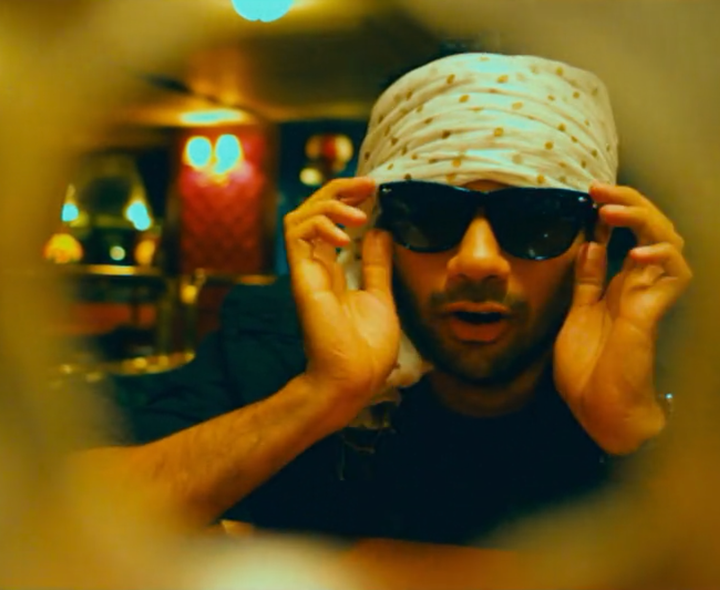
A hyper-stylisted thriller that functioned as a cautionary tale on the excesses of youth, Bejoy Nambiar’s Shaitaan flaunted a decidedly noir aesthetic and complemented it with a dark wit that would have made Kubrick proud.
Assembling a motley bunch of debauched youngsters condemned to a night of nightmares, Shaitaan introduced the industry to the talents of Neil Bhoopalam, Gulshan Devaiah, Shiv Pandit and Kirti Kulhari. Released in 2011, Shaitaan marked the beginning of dark Bollywood - not that dark films weren’t made earlier - but Nambiar’s film exposed the precariousness of the privileged Indian youth at a time when softball campus capers were still the norm and Ishq Wala Love would be an accepted form of poetry.
The film’s wild, hallucinogenic visuals introduced a new form of storytelling with Prashant Pillai’s trippy soundtrack changing the score of house parties forever.
9. A Death in the Gunj - 2016
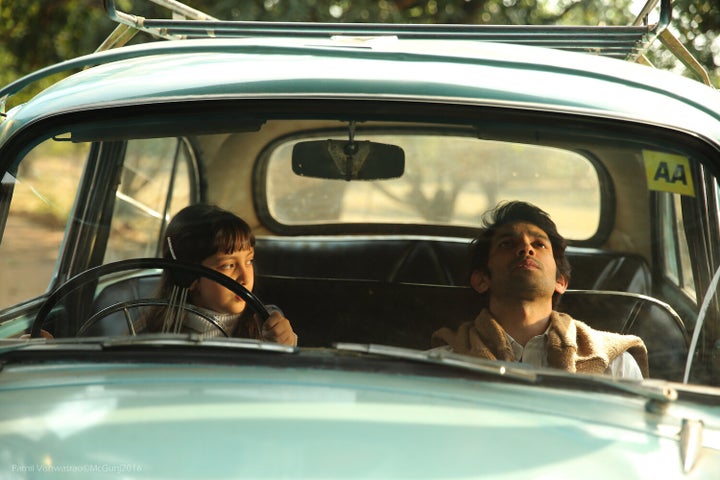
Konkona Sen Sharma’s directorial debut takes us to the quaint vacation home of the Bakshis in McCluskiegunj, Jharkhand. The construct of a well-to-do family soon begins to unravel as complex interpersonal family dynamics come into the fore. Caught in the middle is Shutu (Vikrant Massey), a recluse who’s often at the receiving end of jokes inflicted on him by his overbearing cousins Nandu (Gulshan Devaiah) and Vikram (Ranveer Shorey).
Sen Sharma’s command over the mood and atmospherics is commendable. She paints a portrait of a family vacation by way of a horror movie: even when nothing appears to be happening, there’s always a sense of impending doom. Sagar Desai’s haunting score and Sirsha Ray’s melancholic frames capture the moral decay of an ostensibly regular household where toxic masculinity and gendered roles may not be apparent but exist nonetheless. It’s a terrific debut by a terrific actor, unafraid to go into spaces that Indian families often pretend don’t exist.
8. Lootera - 2013
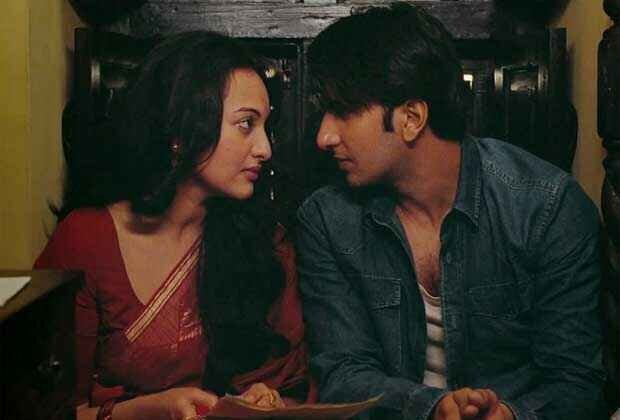
Vikramaditya Motwane’s Lootera is a fever dream. It’s a doomsday romance directed with such scale, finesse and ambition, it almost feels that Varun (Ranveer Singh) and Paki’s (Sonakshi Sinha) love story has folklore origins. Which isn’t entirely inaccurate because the film is an adaptation of O Henry’s short The Last Leaf, written almost a century ago.
After years, Hindi cinema gave us a love story worth cherishing, one where the silences speak more than the dialogue. Watching the film felt like wrapping yourself with a thick blanket in winter, a warm and giddy, sitting-by-the-fireplace-while-it-snows-outside experience.
Lootera deviates from every conventional Bollywood trope and yet carries the aura of being a classic, the kind Guru Dutt would perhaps approve of. It features a remarkably understated Ranveer Singh and an ethereal Sonakshi Sinha, a sweeping score by Amit Trivedi and haunting images worth wallpapering.
It’s a story that makes you weep silently, sad and defeated in the knowledge that the love stories we root for the most are the ones destined to fail.
7. Delhi Belly - 2011
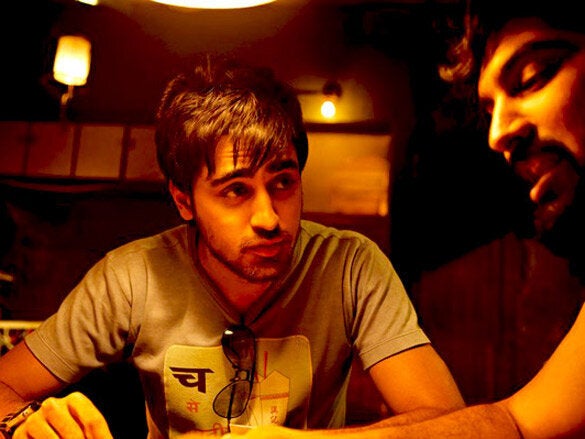
Abhinay Deo and Akshat Verma’s Delhi Belly really went out with it. A dark comedy unlike any mainstream Hindi cinema had seen (I for one, haven’t seen a man going down on a woman in a Hindi film. Definitely not answering a call during the act), Delhi Belly was a riot, a no-holds-barred adult fest that treated sexual humour with the dignified vulgarity it deserved.
From a peppy soundtrack (Ram Sampath) and zingy one-liners, Delhi Belly sped through the vast and serpentine lanes of the Capital, introducing us to delightful characters and their not-so-delightful escapades.
With stellar performances by Imran Khan, Vir Das, Shehnaz Treasury and most importantly, Vijay Raaz - oh my god Vijay Raaz - Delhi Belly’s success meant that Indian comedy had finally cum-of-age. A success like it was never repeated, hell, we never saw another Delhi Belly, further cementing its unique position in recent film history.
And orange juices were never the same again.
6. English Vinglish - 2012
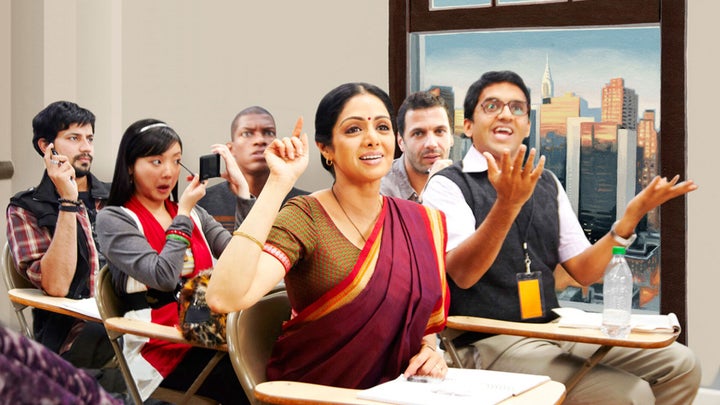
A middle-aged woman protagonist being the center of the narrative is as rare in Bollywood as a... woman director at the helm of a film. But these are exactly the patriarchal and sexist notions that Gauri Shinde set out to counter in her delightful and affecting drama, English Vinglish.
Starring the late Sridevi in a role that only she could pull off, English Vinglish is a sparkling gem, a film that tugs at your heartstrings and inspires a smile on your face. About a homemaker who experiences a radical freedom and late self-awakening, English Vinglish is story that most of our mothers relate to and a shame that warrants our collective guilt.
The strongest aspect of Shinde’s stunning debut was how it presented attitudes of casual sexism, snobbery and male entitlement as normal, everyday occurrences that appear, well, normal. Instead of becoming a moral sermon, it became a story about reclaiming power, tolerance and the right to dignity. A coming-of-middle-age, if you may.
5. Fan - 2016
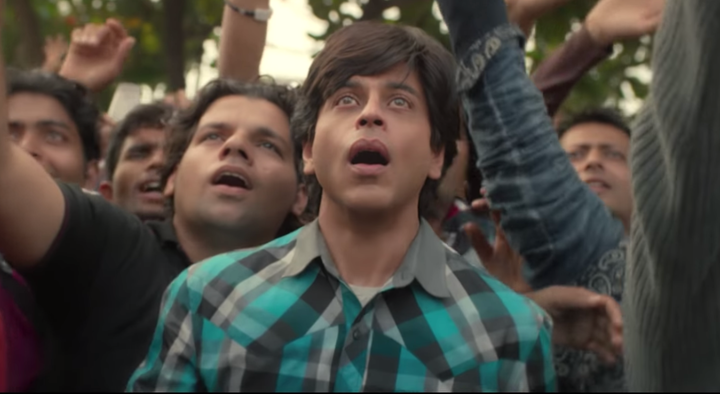
In Fan, a superstar is confronted with the worst perils of his own myth: an obsessed fan. A pretty simplistic, King of Comedy-inspired premise, sure. But what makes Maneesh Sharma’s drama subversive and inventive is that both star and fan are played by Shah Rukh Khan. There’s a sneaky, meta joke here: is the film arguing that perhaps Shah Rukh Khan is his own biggest fan? Peppered with high-octane chase sequences and genuine wit - Pehle fan star ke peeche bhaagta tha ... ab star fan ke peeche bhaagega - Fan is an unsettling exploration of the dark side of fame and obsession, themes the leading man is all-too familiar with.
It’s a boldly philosophical adventure that, while condemning the horrors of stalking and unrequited affection, invites the viewer to ruminate about how fictional stars are, more often than not, a disappointment in reality and that cinematic idols are best relegated to fictional universes. The film didn’t quite work commercially but remains Khan’s most daring performance: one where he successfully segregates the fan and the star and yet, in some standout scenes, manages to confuse us into guessing who’s who.
4. Bombay Velvet - 2015
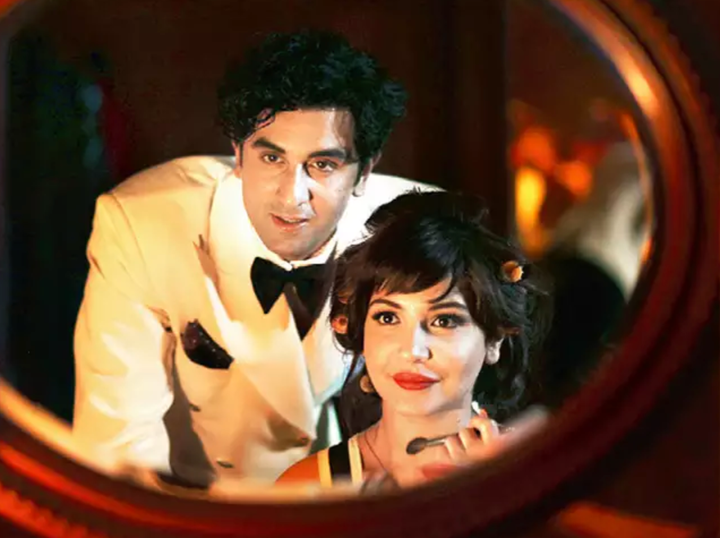
Revisiting Anurag Kashyap’s bittersweet love letter to Bombay of yore is like opening an old wound: it still pains. And yet, it’s hard not to marvel at the sheer ambitiousness of Bombay Velvet, which was primarily a love story: between a street fighter and a jazz singer, between a sleepless loner and a city of dreams, between a filmmaker and an art form, between Kashyap and a jazz pianist he spent one memorable New York summer with, who the film is dedicated to.
With Bombay Velvet, Kashyap was sanctioned more money than he knew how to spend, he appointed two top stars, and an entire city was erected in a village in Sri Lanka - you had to see it to believe it - under whose weight an American studio’s Indian arm would nearly crumble. Not unlike its eventual fate, there remains an air of fatalistic tragedy about Bombay Velvet: it’s fantasy noir, exceptionally well-performed and has a climax that alone is worth sitting through the preceding chaos.
3. Ship of Theseus - 2013

Anand Gandhi erupted on the indie scene with this gutsy mindbender, a film that investigated individual belief systems and how they crumble under intellectual scrutiny and, at times, when faced with mortal peril.
Through three intersecting storylines, a monk resistant to the idea of medicine (he’s been fighting against Big Pharma that experiments on animals), a blind photographer who feels she’s lost her intuitive sense of aesthetic after getting a cornea implant, a stock broker involved in an organ-harvesting racket, Ship of Theseus posed troubling questions of existentialism while offering no easy answers.
It’s a film that shifted the visual grammar of filmmaking in India, a kind of a prestige indie project that broke away from the echo chambers of film festivals and became part of mainstream discourse. Visually resplendent (Pankaj Kumar), Ship of Theseus, despite its didacticism, made potent points that provoked debate around independent choices and our wider responsibilities. Its minimalist aesthetic was a sharp contrast to the traditional Bollywood colour palette, popping out as one of the bravest films of the decade.
2. Haider - 2014
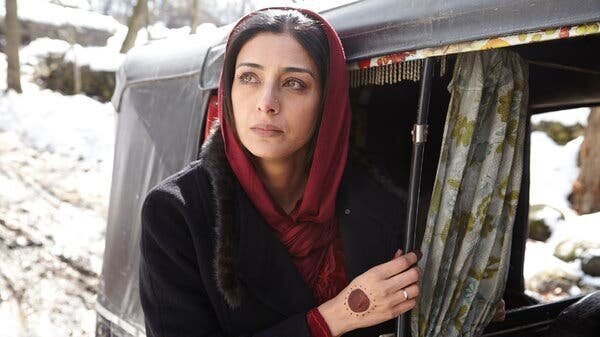
At a time where militant nationalism has turned into a genre unto itself, it’s worth remembering Vishal Bhardwaj’s Haider and celebrate the fact that it even secured a release. A reimagination of Shakespeare’s Hamlet, Bhardwaj chose to recontextualise the classic in military-occupied Kashmir and anchored his narrative through the perspective of a Kashmiri youth.
Other than a few docus, mainstream films set around the troubled valley often uncritically reinforce the State’s point of view. Haider subverted the State-sanctioned narrative, compelling viewers to confront the horrors inflicted by the Indian army on Kashmiris.
Depicting scenes of torture, the disillusionment of the Kashmiri youth with India, and even picturing a song about Kashmir’s unmarked mass graves, Haider is perhaps the most important film of the past decade, a film that chronicles the difficult political reality with the rawness and authenticity that it deserves.
Today, Bhardwaj, who has vocally criticised BJP for its majoritarian politics, would’ve been branded a Pak-loving anti-national-urban-naxal-commie for making a film like Haider. And yet, despite being made half a decade ago, it remains more urgently relevant, incisively mirroring and simultaneously condemning the polarising time we live in.
1. Jagga Jasoos - 2017
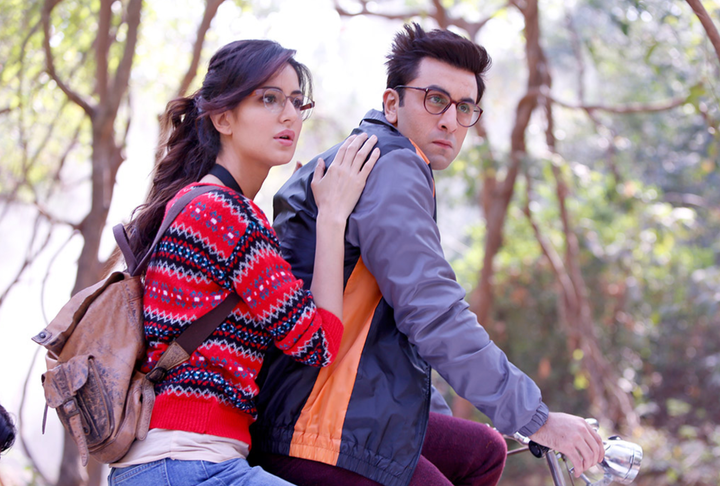
Anurag Basu’s Jagga Jasoos - with a career-best-non-plagiarised album by Pritam - injected Bollywood’s tired conventions with a refreshing new language, one excavated and improvised from the forgotten cemeteries of old Hollywood musicals. Basu audaciously played with form and theme and presented a Bollywood spectacle unlike anything Hindi cinema had witnessed before.
It was a project marred with delays and negative press and word on the street suggested that Basu was on edits weeks before the film’s release day but when the film dropped, it was received by many cinephiles with the wide-eyed wonder reserved for theme parks and underwater sojourns. Featuring Ranbir Kapoor as a stammering boy on the search for his missing father, Jagga Jasoos turned the quest into a delectable ride, the kind that made adults yearn for the bittersweet nostalgia of childhood.
Shot by Ravi Varman, who referenced European artists such as Rembrandt and van Gogh to compose the film’s evocative frames, Jagga Jasoos is pure cinematic poetry, a dazzling, blindingly gorgeous love letter to the art of film, one that isn’t afraid to tests the limits and the whims of cinema as it traverses and trains its romantic lens on the splending landscape of Bengal and Manipur, South Africa and Thailand. A truly remarkable film that deserves all your respect. And a repeat viewing.
Honourable mentions:
Love, Sex aur Dhokha (2010)
Saat Khoon Maaf (2011)
Shanghai (2012)
Dedh Ishqiya (2014)
Titli (2015)